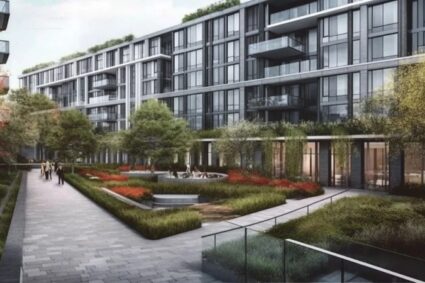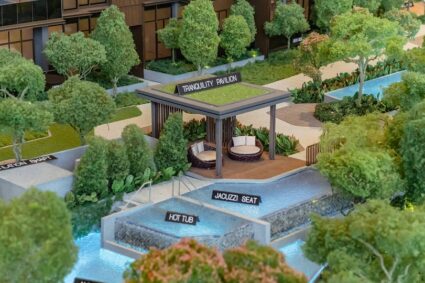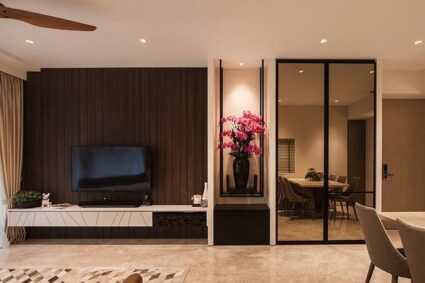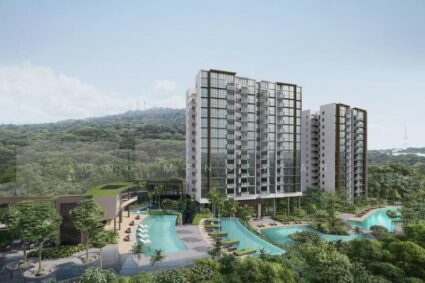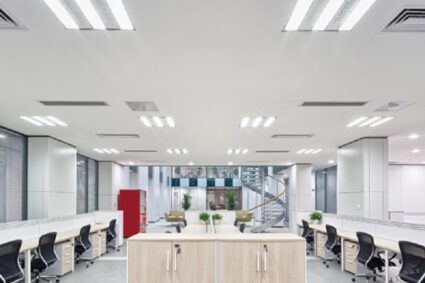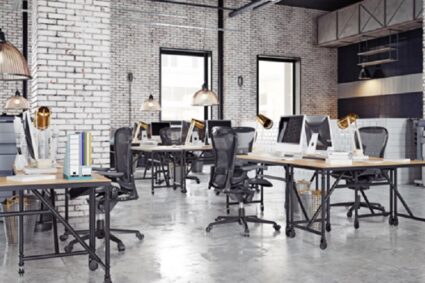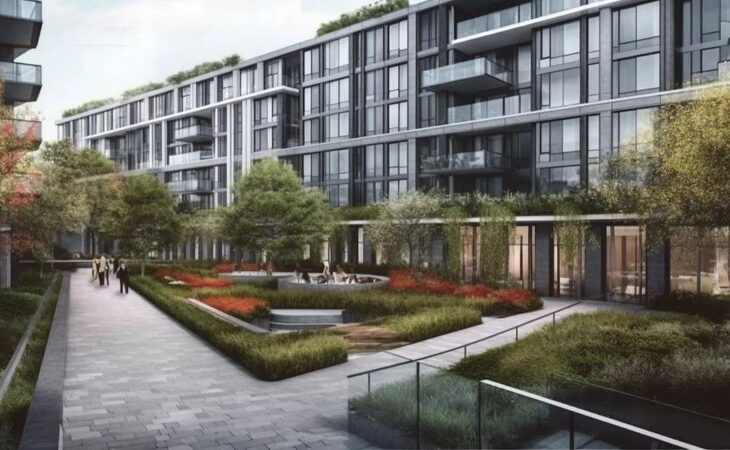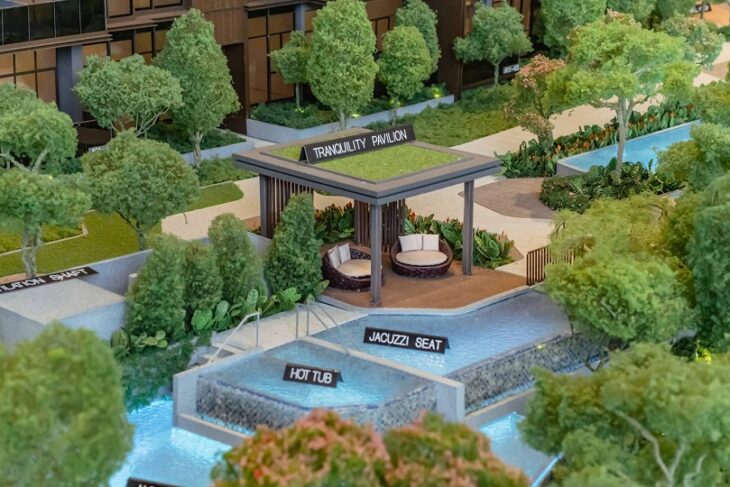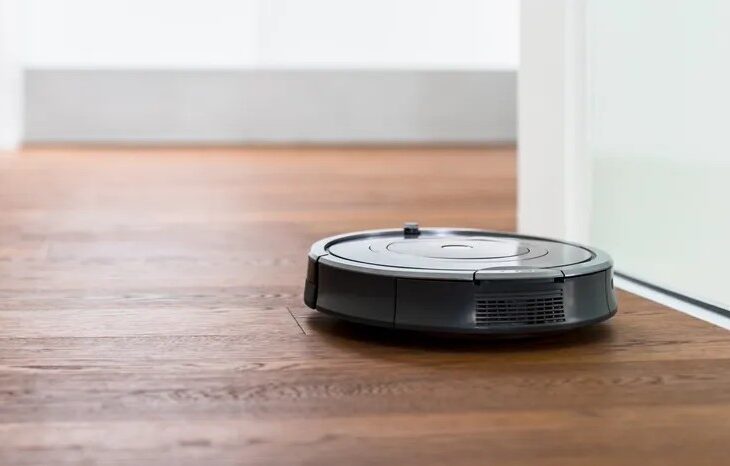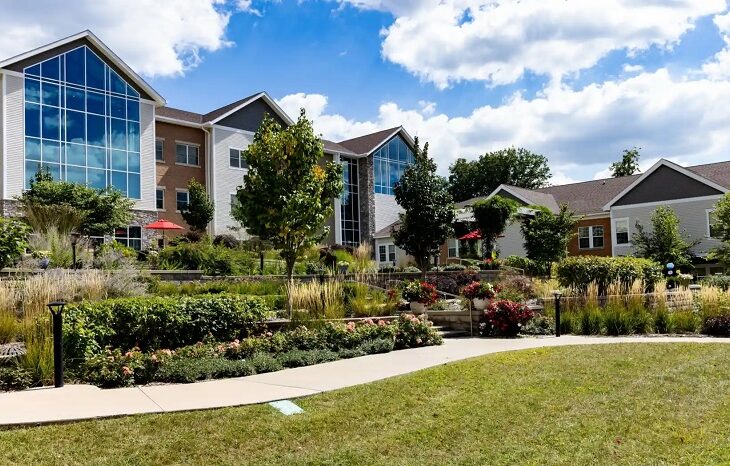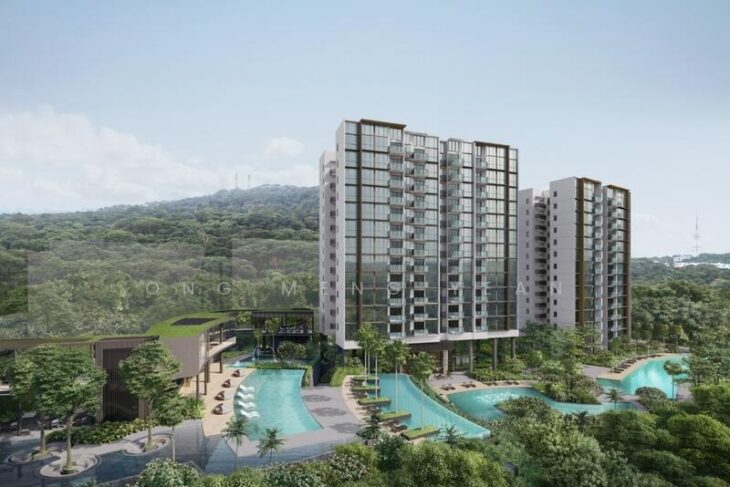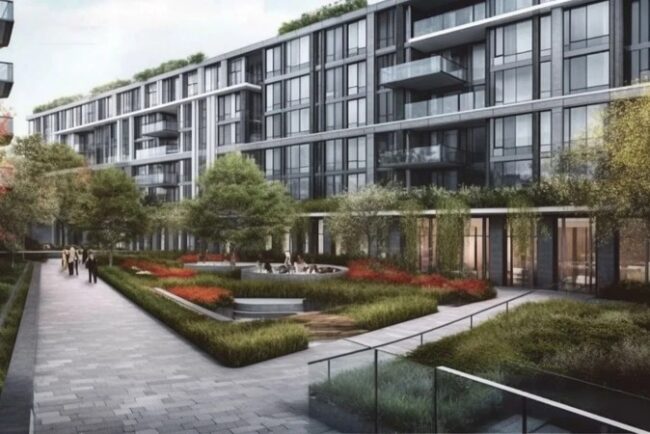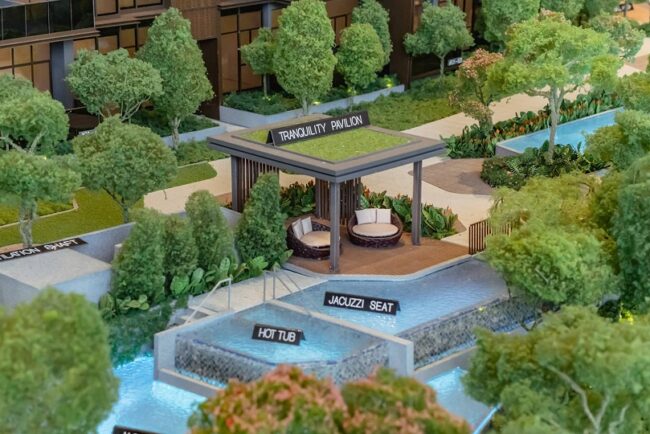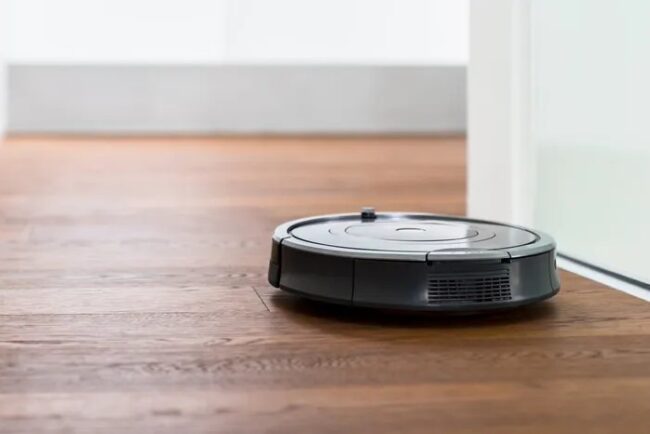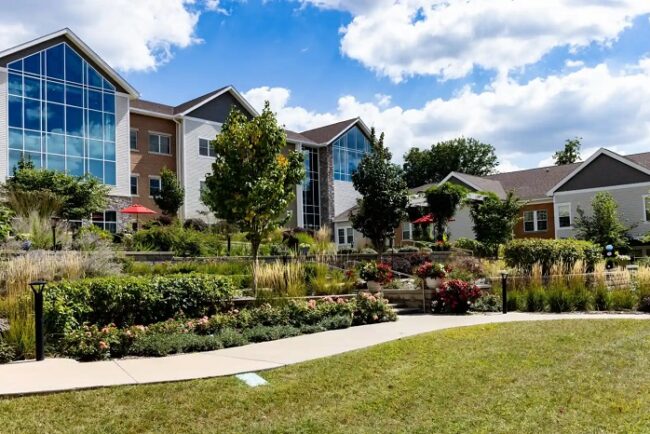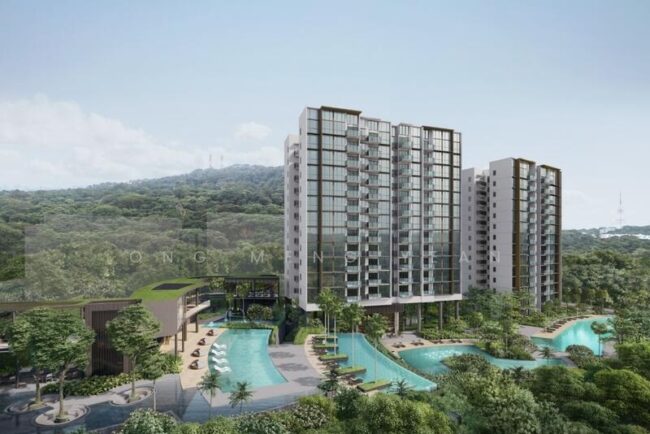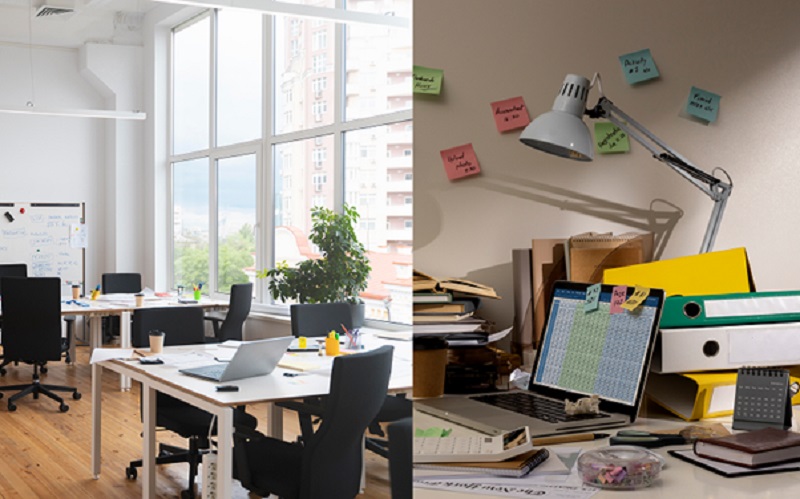
Walk into any average office and you’ll likely be greeted by a sea of grey panels, poorly lit desks, or awkward meeting nooks that no one uses. Poor design decisions, or worse, neglecting design altogether, can quietly sabotage productivity, morale, and client impressions. Businesses can no longer afford to treat their office space as an afterthought. That’s where commercial interior design in Singapore becomes a strategic investment.
Whether a startup scaling up or an established firm rebranding, this article offers practical insights on evaluating your current space, what to avoid, how much to budget, and how to create an office that works for you.
Is Your Office Helping or Hurting?
Before engaging an office interior designer, it’s worth running a self-check. Is your team regularly fighting over meeting space? Are people hoarding plug points under desks? Are breakout zones more decorative than functional?
Ask how your current space supports day-to-day operations. Does it encourage collaboration where needed, or focus when it matters? Can your office accommodate hybrid work shifts, flexible seating, and wellness elements like natural light or acoustic comfort?
If your answers raise more problems than solutions, it might be time to rethink your setup. Office interior design is about aligning the environment with your company’s workflow, values, and identity.
A good design enhances efficiency. A bad one breeds frustration. Start with that lens before thinking about square footage or swatches.
Budgeting Realistically for Design Success
One of the biggest misconceptions in commercial interior design in Singapore is that going for a minimalist look means lower costs. In reality, hidden expenses add up quickly.
Setting a realistic budget starts with understanding your renovation needs. Are you doing a light refresh or a full-space overhaul? Do you require carpentry work, reconfiguration of partitions, or mechanical and electrical upgrades?
A common mistake is underestimating post-design expenses like furniture procurement, moving services, or temporary workspaces during the renovation period. Allocating a buffer of 10–15% is wise to cover unplanned adjustments.
More importantly, businesses should weigh ROI, not just upfront cost. An effective office interior design can improve team output, attract talent, and enhance brand credibility. These gains are hard to quantify at first but become evident over time in employee retention, recruitment ease, and client perception.
Key Zones That Make or Break Office Flow
A functional office layout hinges on more than just fitting desks into a boxy room. Every area needs purpose, hierarchy, and connectivity.
Reception areas should set the tone with subtle cues of professionalism and warmth. Workstations must balance collaboration with individual focus. Meeting rooms should be acoustically sealed and sized based on actual team needs.
A modern office interior designer also considers transitional spaces that can double as casual meeting spots or quiet zones. These flexible corners often become the most used, provided with intent.
Lighting plays a pivotal role, too. Natural light boosts mood and energy, while poor artificial lighting can lead to eye strain and fatigue. Smart storage solutions and ergonomic design elements complete the picture.
Designers can craft environments that respond to real behaviours, not just floorplans.
Designing for Now and What’s Next
It’s easy to design an office for today, but great design plans for tomorrow. The nature of work is evolving, and so should your space. With remote work, digital integration, and shifting team sizes, flexibility is no longer optional.
A future-proofed commercial interior design in Singapore includes modular furniture, multi-purpose zones, and layouts that can be adapted with minimal disruption. Desking systems should accommodate fixed users and hot-desking. Pantries can double as informal huddle spots. Private nooks can serve as video call pods when needed.
Beyond flexibility, consider durability. Go for finishes and materials that stand up to Singapore’s humidity, heavy use, and frequent cleaning. Avoid over-personalising décor to the point that it feels dated within a year. Timeless design wins over novelty every time.
Engaging an experienced office interior designer ensures that these factors are embedded in the plan. With the right foresight, your office will absorb and thrive within it.
Stop Surviving Your Office—Start Designing for It
Office spaces have a silent influence on how people feel, think, and perform. With the rise of hybrid work, evolving team structures, and growing demands for sustainability and comfort, commercial interior design in Singapore is a business necessity. From self-evaluation and budget planning to zoning and longevity, each step in the design journey shapes how your team operates and how your brand is perceived.
So, if your workspace feels like a compromise, it’s time to shift from “good enough” to “built to work.” Consult with Ampersand Associates today to learn more.

